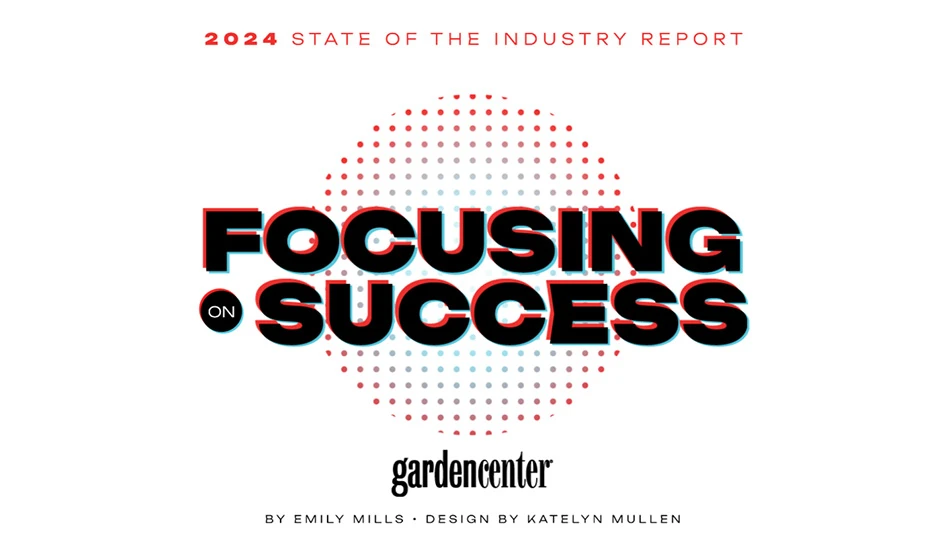 Though it has been a multi-year process, initiatives to remove phosphorous from fertilizers sold at retail are just now making headlines. Phosphorous has long been cited as an element causing algae blooms and “dead zones” in bodies of water. Florida, Illinois, Maryland, Minnesota, New York, Vermont, Virginia, Washington and Wisconsin have enacted or are planning restrictions on use of lawn fertilizer containing phosphorus. Though it has been a multi-year process, initiatives to remove phosphorous from fertilizers sold at retail are just now making headlines. Phosphorous has long been cited as an element causing algae blooms and “dead zones” in bodies of water. Florida, Illinois, Maryland, Minnesota, New York, Vermont, Virginia, Washington and Wisconsin have enacted or are planning restrictions on use of lawn fertilizer containing phosphorus.Major announcement For almost five years manufacturers have been working behind the scenes to reduce or eliminate phosphorous in fertilizers. In March, Scotts Miracle-Gro, the world’s largest marketer of branded consumer lawn and garden products, made headlines by announcing it will remove all phosphorus from its lawn-maintenance fertilizers sold in the U.S. by the end of next year. The company will also focus on creating more “efficient and optimized” ways to use nitrogen in its lawn fertilizers. Eliminating phosphorous was part of a process that started in 2006, said Richard Shank, chief environmental officer for ScottsMiracle-Gro (www.scotts.com). “We began reaching out to a number of groups and organizations—including the Chesapeake Bay Foundation—about the nutrient pollution they detected,” he said. “At the same time, we were working in our R&D facilities across the country coming up with better active ingredients and better ways to protect the environment. We were getting into research on how much phosphorous a lawn really needs—how it gets tied up into soil and pulled out when it’s needed.” The company’s findings showed that most established lawns have enough phosphorous, and the element is essentially “recycled” when cuttings are left on the lawn to break down naturally. Scotts Miracle-Gro will continue to provide phosphorous in its starter fertilizers, since it’s a crucial component in establishing a lawn. The company’s organic products will also still have phosphorous derived from natural sources (like manure). Consu  mers should notice no change in the efficacy of SMG products. Shank said SMG will be “taking consumer education to the next level” in the coming months to make sure this message is effectively communicated. Meanwhile, he anticipates that more companies will be dropping the “P” in many of its formulations. mers should notice no change in the efficacy of SMG products. Shank said SMG will be “taking consumer education to the next level” in the coming months to make sure this message is effectively communicated. Meanwhile, he anticipates that more companies will be dropping the “P” in many of its formulations.“Many of our competitors are being forced to do it due to legislation,” he said “I would hope they would see the environmental benefits of it and move in that direction.” Nutrient news Lebanon Seaboard, maker of Preen and GreenView-branded products, is another company that has been evaluating its use of phosphorous. The company recently introduced GreenView products with GreenSmart—an enhanced efficiency fertilizer formulation, that is also phosphate-free. Products also feature reduced nitrogen levels without compromising efficacy. Bill Kelso, executive director of retail sales and marketing, said the GreenSmart (www.greensmart.com) initiative was prompted, in part, by a memorandum of understanding many fertilizer manufacturers signed with the Chesapeake Bay Foundation. “We were driven by the same concern about the environment. But we were also seeing consumer trends toward healthy, wholesome products,” Kelso said. He noted that fertilization has two major components: (1) nutrients—where the industry mostly concentrated R&D for 50 years—and (2) the soil ecosystem itself. “When you put a fertilizer down, it’s not in the form the plant needs to be taken up,” Kelso said. “The bacteria and fungi in the soil change it. So there’s this whole biochemical environment that we think is interesting.” It was an avenue Lebanon Seaboard figured was worth exploring: to provide the correct nutrients and the right bionutrients. In an effort to tackle “both sides of the equation,” according to Kelso, the company worked with major universities to hone the formulation that eventually was incorporated into the GreenSmart program. Now the company is turning its attention to spreading the message about phosphate-free products. “I think education is going to be necessary to a large degree for consumers,” Kelso said. “Retailers and manufacturers have to effectively communicate that a well-maintained lawn has enough phosphorous.” |

Explore the May 2011 Issue
Check out more from this issue and find your next story to read.
Latest from Garden Center
- Happy holidays from the GIE Media Horticulture Group!
- Plant Development Services, Inc. unveils plant varieties debuting in 2025
- Promo kit available to celebrate first National Wave Day on May 3
- Applications now open for American Floral Endowment graduate scholarships
- Endless Summer Hydrangeas celebrates 20 years with community plantings
- Invest in silver
- Garden Center magazine announces dates for 2025 Garden Center Conference & Expo
- USDA launches $2 billion in aid for floriculture growers





